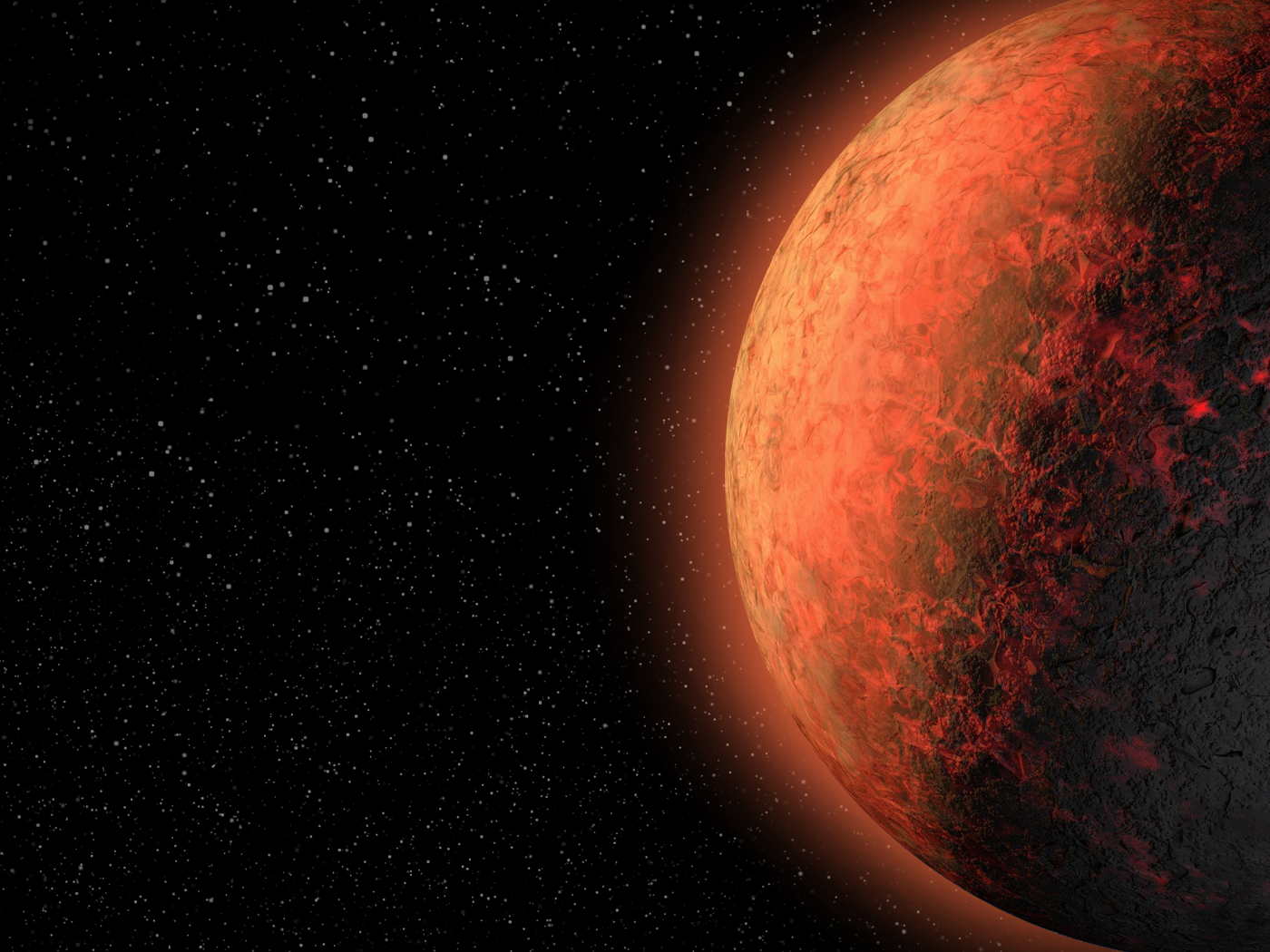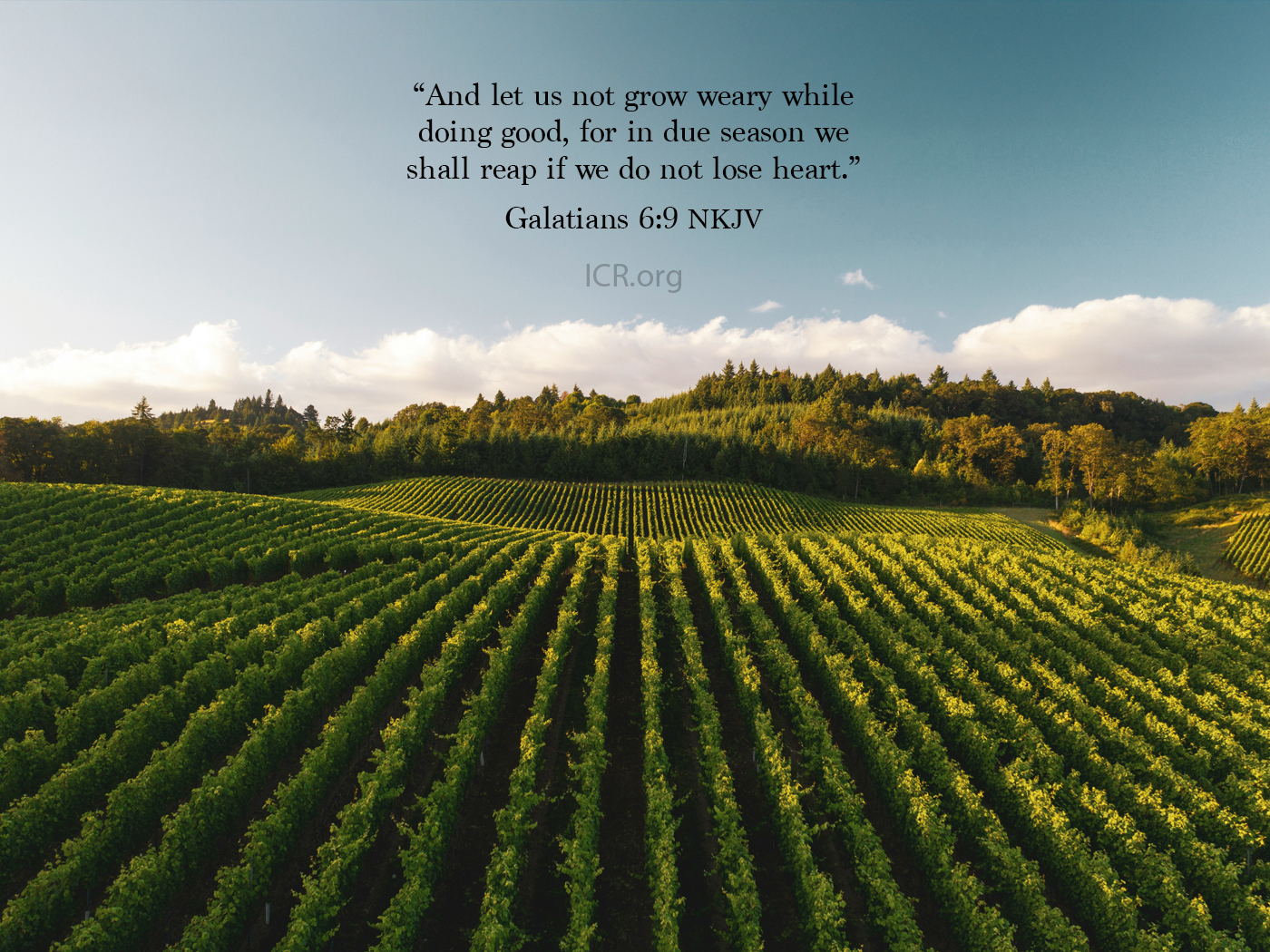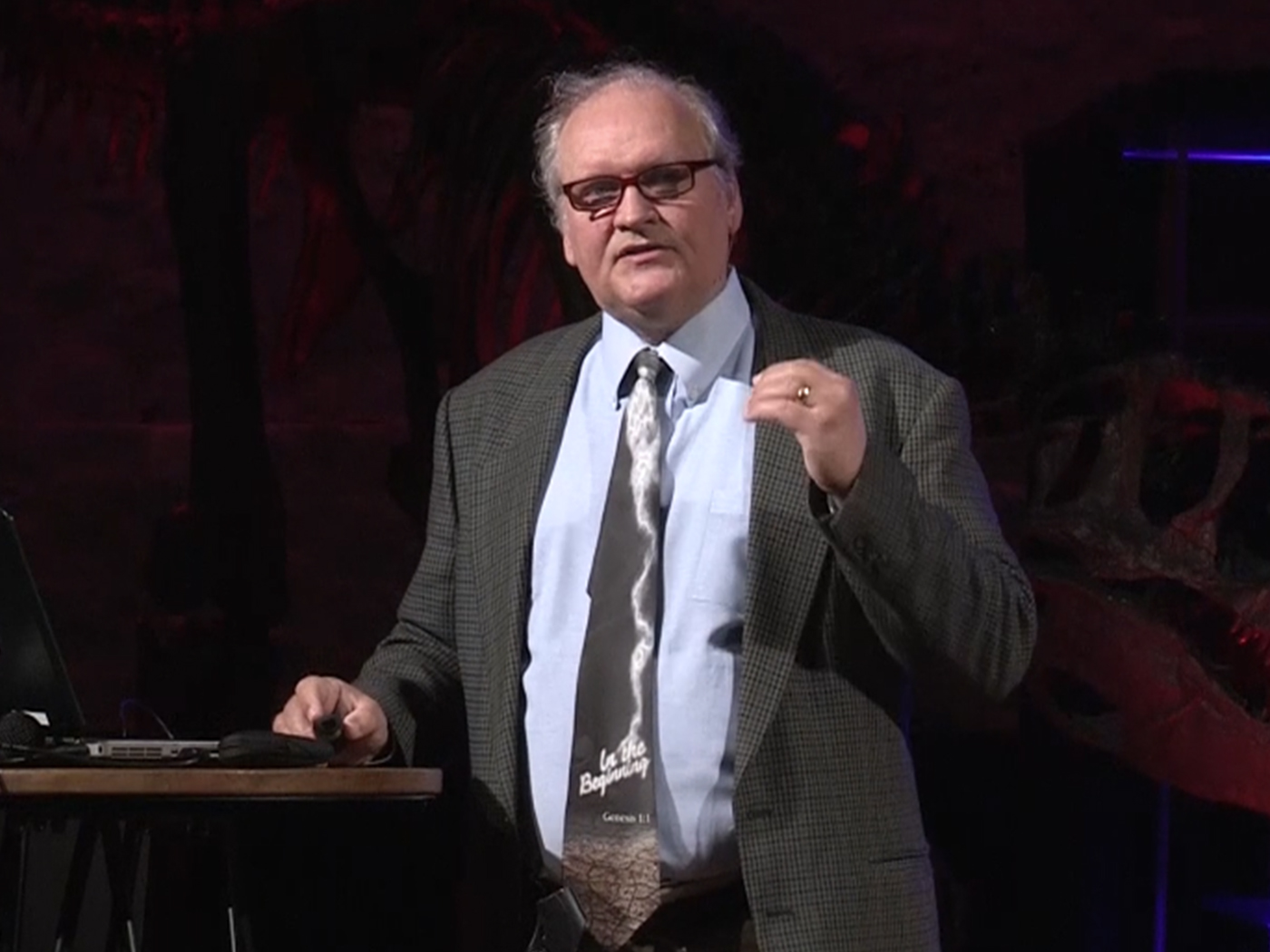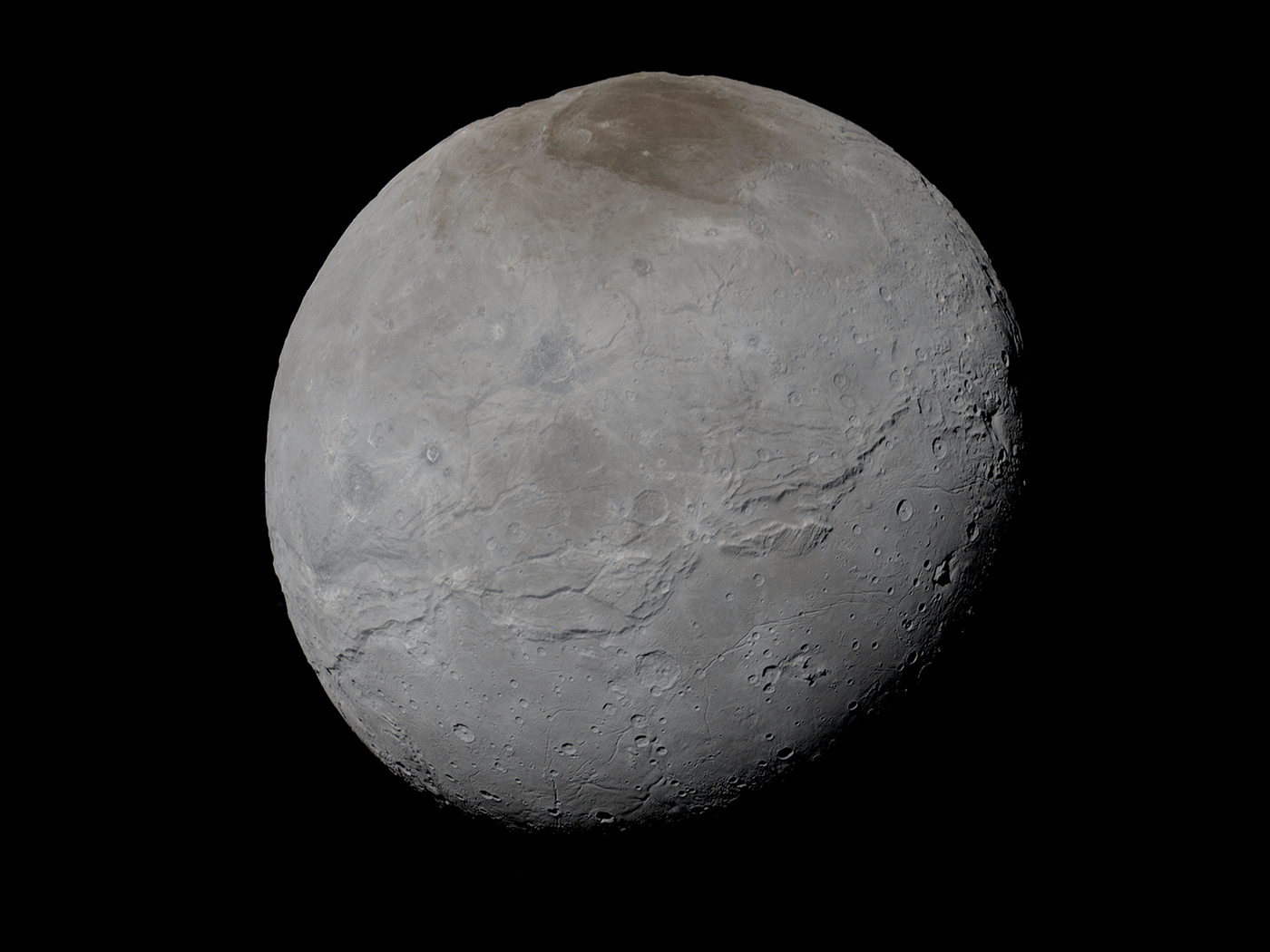“I beheld the earth, and, lo, it was without form, and void; and the heavens, and they had no light.” (Jeremiah 4:23)
The language in this verse is clearly patterned after Genesis 1:2, the description of the primordial earth: “And the earth was without form, and void; and darkness was upon the face of the deep.” That it is a metaphor, however, and not an actual reference to that primordial earth is evident from its context. The previous verse speaks of “my people” (that is, the people of Judah) and the following verse of “the mountains” (there were no mountains as yet at the time of Genesis 1:2).
Furthermore, the broader context makes it plain that the prophet is speaking of a coming judgment on the land of Judah because of the rebellion of its people against their God (verse 16 specifically mentions Judah, and verse 31 mentions Zion). The land is to be so devastated that the prophet compared its future appearance to the unformed and barren earth at its very beginning.
This ultimate fulfillment will be at Armageddon. The same Hebrew words (tohu for “without form,” and bohu for “void”) occur again in this context in an awesome scene of judgment described by Isaiah: “For the indignation of the LORD is upon all nations” (34:2), gathered together in the former land of Edom to fight against Jerusalem when Christ returns, “and he shall stretch out upon it the line of confusion [i.e., tohu], and the stones of emptiness [i.e., bohu]” (34:11). Instead of the regular surveyor’s line and markers ordering the property boundaries, God’s judgment will bring such disorder and barrenness to the land that it almost will seem to revert back to its primeval state at the beginning of time. “Nevertheless we . . . look for new heavens and a new earth” (2 Peter 3:13), and that earth will be beautiful and bountiful with “no night there” (Revelation 22:5). HMM

Without Form and Void
The Latest
A Big Texas Fossil Possum Is a Primate Ancestor?
Recently, University of Kansas paleontologists discovered a fossil of what they think is a “near-marsupial.”1 It is called Swaindelphys...
Earth-Sized Lava World ''Circling the Drain''
Astronomers have discovered an earth-sized exoplanet, designated TOI-2431 b, that is so close to its host star that it completes a full orbit in just...
Origin of Biofluorescence in Fishes
Biofluorescence is a phenomenon in which creatures—plant or animal—absorb light at a certain wavelength and release or emit it at a different...
August 2025 ICR Wallpaper
"And let us not grow weary while doing good, for in due season we shall reap if we do not lose heart." (Galatians 6:9 NKJV)
ICR's August...
Quietly ''Devolving'' Tomatoes?
Apparently, evolution (and natural selection) can do almost anything:
If new forms appear, the credit goes to creative natural selection; if old...
CREATION PODCAST
Five Unforgettable Lessons Learned from the Scopes Trial | The...
The Scopes Trial is one of the most famous court cases in American history, and this year marks its one hundredth anniversary....
Yet Another Revised Age for the Land-Animal Ancestor
An allegedly vital piece of animal evolution was first discovered in 1984 in Scotland. Conventional scientists suggested the fossil of Westlothiana...
Dr. James J. S. Johnson Goes Home to the Lord
Dr. James J. S. Johnson, chief academic officer and associate professor of apologetics for ICR’s School of Biblical Apologetics (SOBA), joined...
Pluto’s Largest Moon Looks Young
When the New Horizons space probe captured images of Pluto and its large moon Charon as it flew by in 2015, conventional scientists were surprised by...
55-Million-Year-Old Tree Frog…Is Still a Tree Frog
In the 1990s, Australian paleontologists discovered fossil frog bones during a dig in Murgon, Queensland.1 This new species of frog—Litoria...













